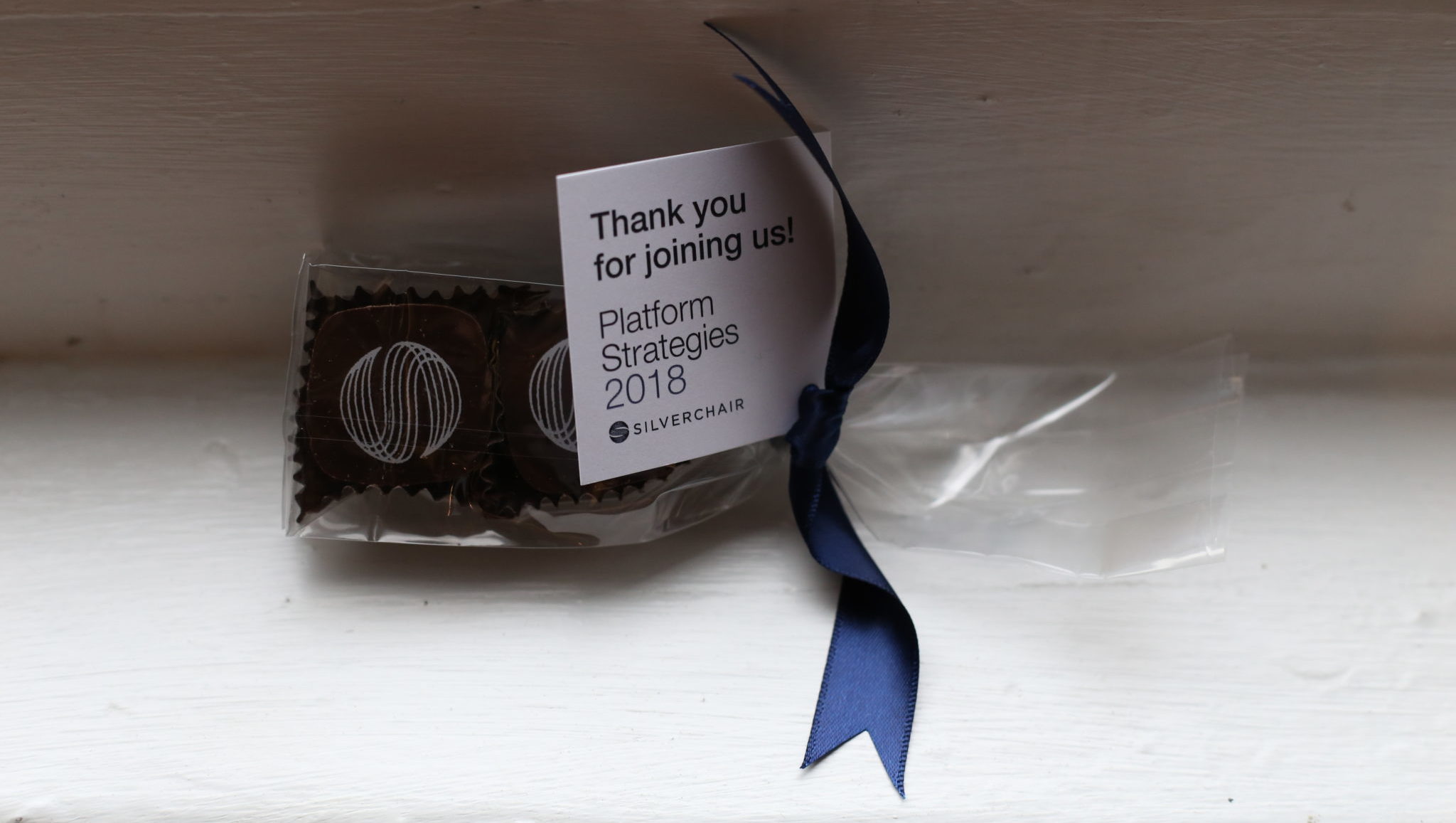
Silverchair sent a large contingent to the meeting and got to sit back and learn from the presentations. Silverchair attendees have offered their reflections, lessons learned, and new directives from the meeting below.
For myself, one of my favorite insights came from Paul Gee of the JAMA Network, who emphasized that “our end-users and our customers are very different, and we need to cater to both.” Recognizing the variety of use cases involved in each project (including editors and the publishers themselves) and keeping those front of mind throughout a project is key to a successful site that meets the needs of all its varied stakeholders.
In the coming weeks, we will be sharing additional insights, as well as recordings of the presentations. A quote that resonated with many internal and external attendees was shared by Cville’s own Tobias Dengel, CEO of WillowTree: "An idea is not a lightbulb, it's a network." Platform Strategies provided a superb network of committed, passionate, and knowledgeable people, and we are excited to extend that network to include all of you.
—Stephanie Lovegrove, Marketing Manager
 Jake Zarnegar, Chief Product Officer
Jake Zarnegar, Chief Product Officer
Silverchair took a risk when organizing the inaugural Platform Strategies meeting this year. On one hand, we knew there was a pressing need for a deep and frank discussion of technology strategy inside scholarly publishing organizations big, medium, and small. On the other hand, it could prove difficult to convene that conversation: What if no one came? What if everyone held their cards close to their vest? I feel we really hit the jackpot with a packed house (made up of organizations of every size) and consistently relevant sessions where the presenters and audience tackled tough topics in a direct and candid way. The spirit in the room was “we’re in this together” and “let’s learn from each other and try to make the best decisions for the audiences we serve as well as for our organizations.” What happened at Platform Strategies exceeded my expectations as an organizer—I felt privileged to blend into the background and listen and learn as the conversations flourished.
We’ve already been inspired to get started on next year’s meeting—mark your calendars now for September 25 & 26, 2019.
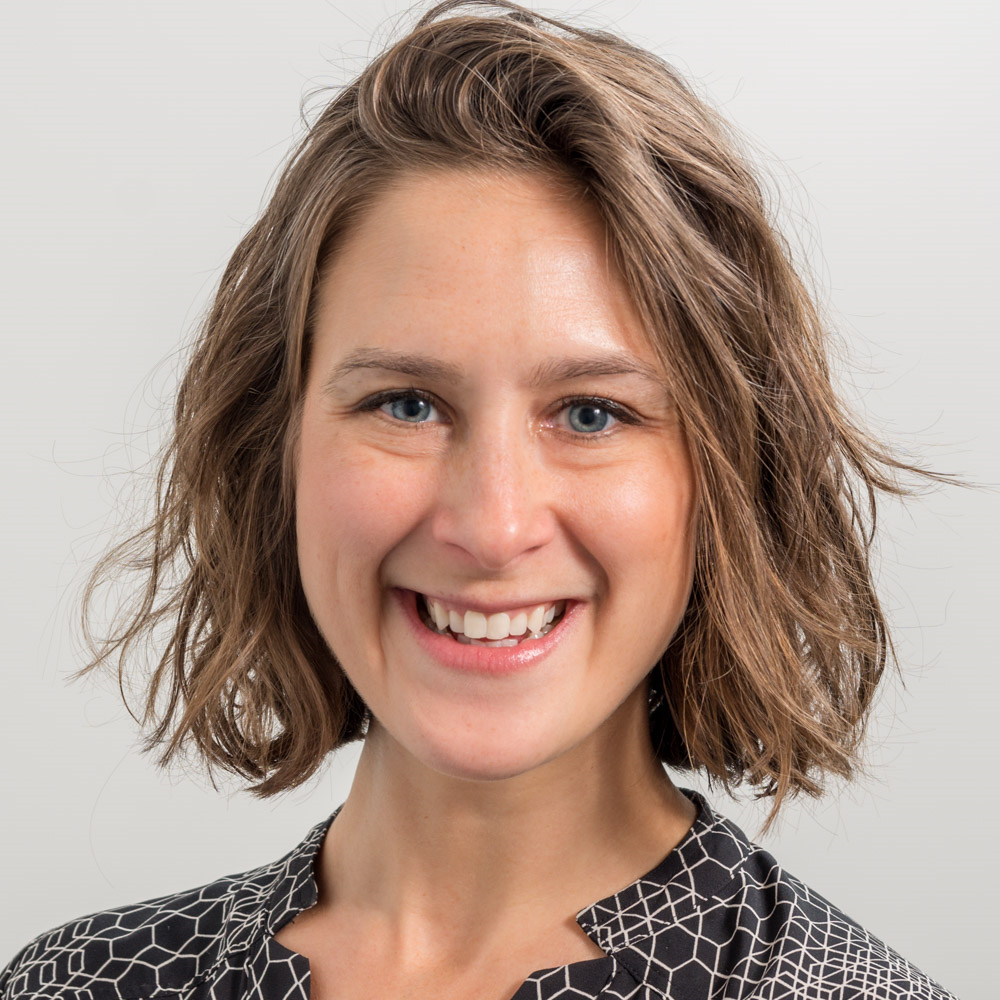 Basia Jones, Customer Success Manager
Basia Jones, Customer Success Manager
We recently chose to emphasize a key distinguishing feature for Silverchair by establishing the Customer Success team; reaffirming our commitment to our high-quality customer services and building strong relationships with our clients (more on that in a future post!). It was reassuring to hear from guests and speakers how integral services and relationships are to any technology strategy. In fact, the Technology Leadership Roundtable on the first day focused heavily on the people aspect of their governing philosophies.
 Brian McDonald, UX Manager
Brian McDonald, UX Manager
- It struck me that a lot of technical presenters were emphasizing internal culture and product user experience.
- Tobias Dengel’s presentation was intriguing, of course, especially his study on voice recognition plus text response adding up to optimal experience speed. It was interesting to hear how much WillowTree invests in user research and testing ("We have three PhDs doing research").
- Quotes I liked, all from Max Gabriel of Taylor & Francis:
- "It's human nature to underestimate complexity."
- "Heroes don't scale."
- "Start with the user experience and work back towards the technology."
 Derek Naughton, Solutions Architect
Derek Naughton, Solutions Architect
I learned that TDM is very important to clients in our industry. Clients talked about needing flexibility in a platform, and I really enjoyed hearing the phrase (on several occasions) "tolerance for failure" (versus incompetence). This really stuck with me and I am proud to be working within an organization that supports such tolerance that allows us to innovate.
 Doug Morrison, Chief Delivery Offier
Doug Morrison, Chief Delivery Offier
I enjoyed the format of the conference, which enabled a broader view of relevant themes in our industry. The theme of Content Discovery and Access was present in many of the discussions, and I was interested how the of concepts in Tobias Dengel’s (WillowTree Apps) talk about mobile apps and voice services played into the Future of Interfaces panels.
Content Discovery and Access continue to present challenges to users, and our industry is struggling with solutions that technically work and provide a seamless experience. The Search and Browse (Discovery) experience for our products must provide the functionality for users to find exactly what they want (an exact article on a topic) while also enabling them to learn more broadly about adjacent topics of interest.
As we look to the future, we can see that the use of Voice Interfaces and Artificial Intelligence will enable very interesting use cases. For example, a user may start a search on mobile phone with voice search for content on a topic and then consume the content on the PC or Tablet. These types of workflows require integration of discovery, content hosting, access control, and mobile technologies. It is exciting to see how these solutions will evolve to shape our products and industry.
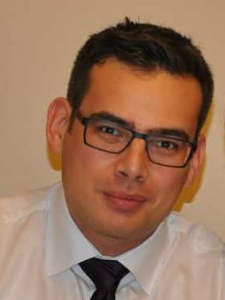 Flavius Chis, Platform Architect
Flavius Chis, Platform Architect
I learned that in search and discovery, more is not always better, and giving the users a richer visualization of the results (in 2 or 3D) does not always work. Users don’t like to do exploratory actions when they are set to finish their tasks; they expect the computer to do this work for them. When the users are in the “do their job” mode, they don’t want to be distracted by side-results, they want to drill down and get to the specific answer to their question. This is in contrast with, say, Facebook browsing, where the users will click on random stuff because they are not set to finish something—it’s for leisure purposes. This is the principle behind the simple interface of Google Scholar, where they limit the results to a list of results, then allowing the user to drill down to more specific queries.
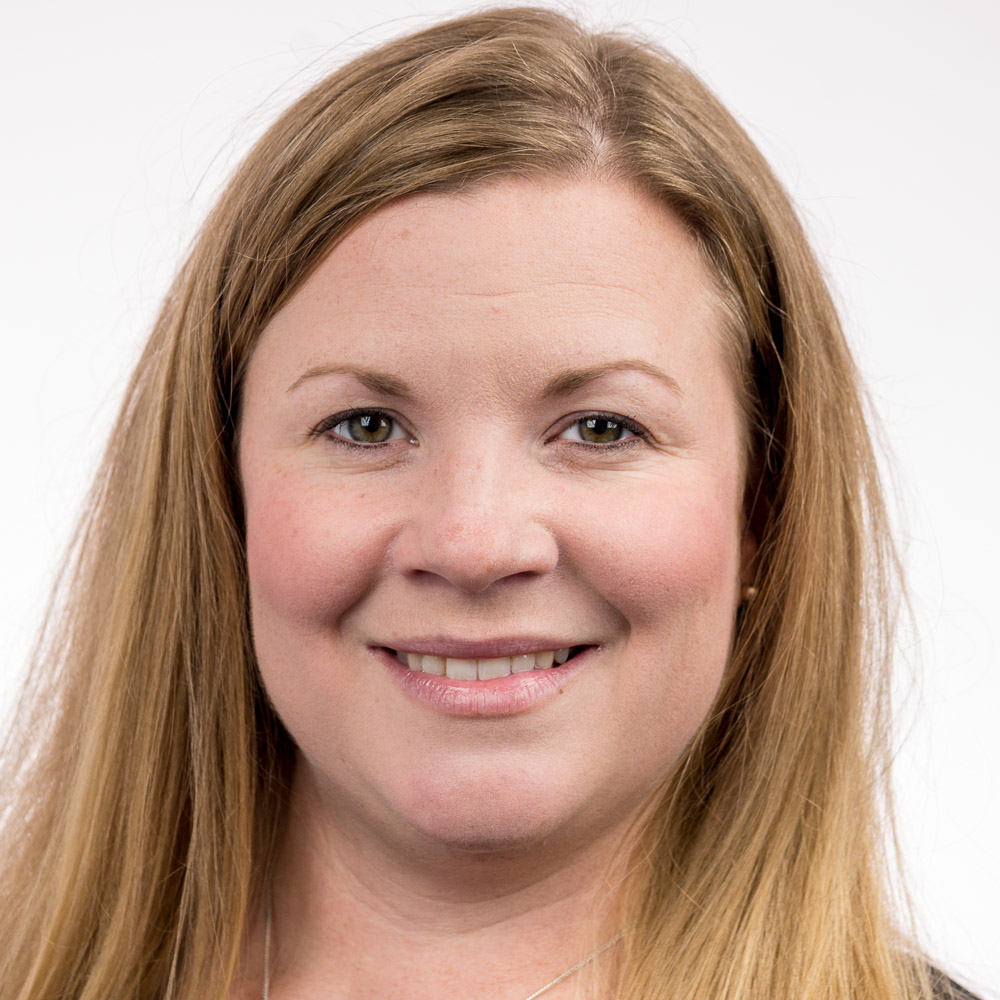 Illona Whatley, Director, Implementations
Illona Whatley, Director, Implementations
Over the two days at Platform Strategies, I found the topics to be engaging and relevant, delivered by passionate industry experts. Duke University Press's presentation and demonstration on how they are using our tools to launch new products was wonderful and offered great inputs as we look at further enhancing our tools.
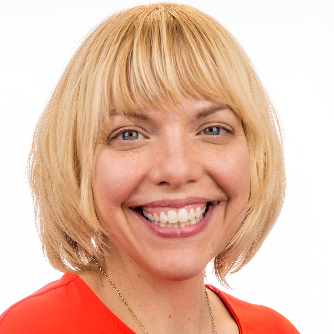 Jill Mumie, Office Manager (& PS18 Photographer)
Jill Mumie, Office Manager (& PS18 Photographer)
The DUP demo helped me, as SC Office Manager, gain insight as we walked through the tools and process of launching a new product to the world, and helped me form a stronger holistic view of how Silverchair partners with scholarly publishers.
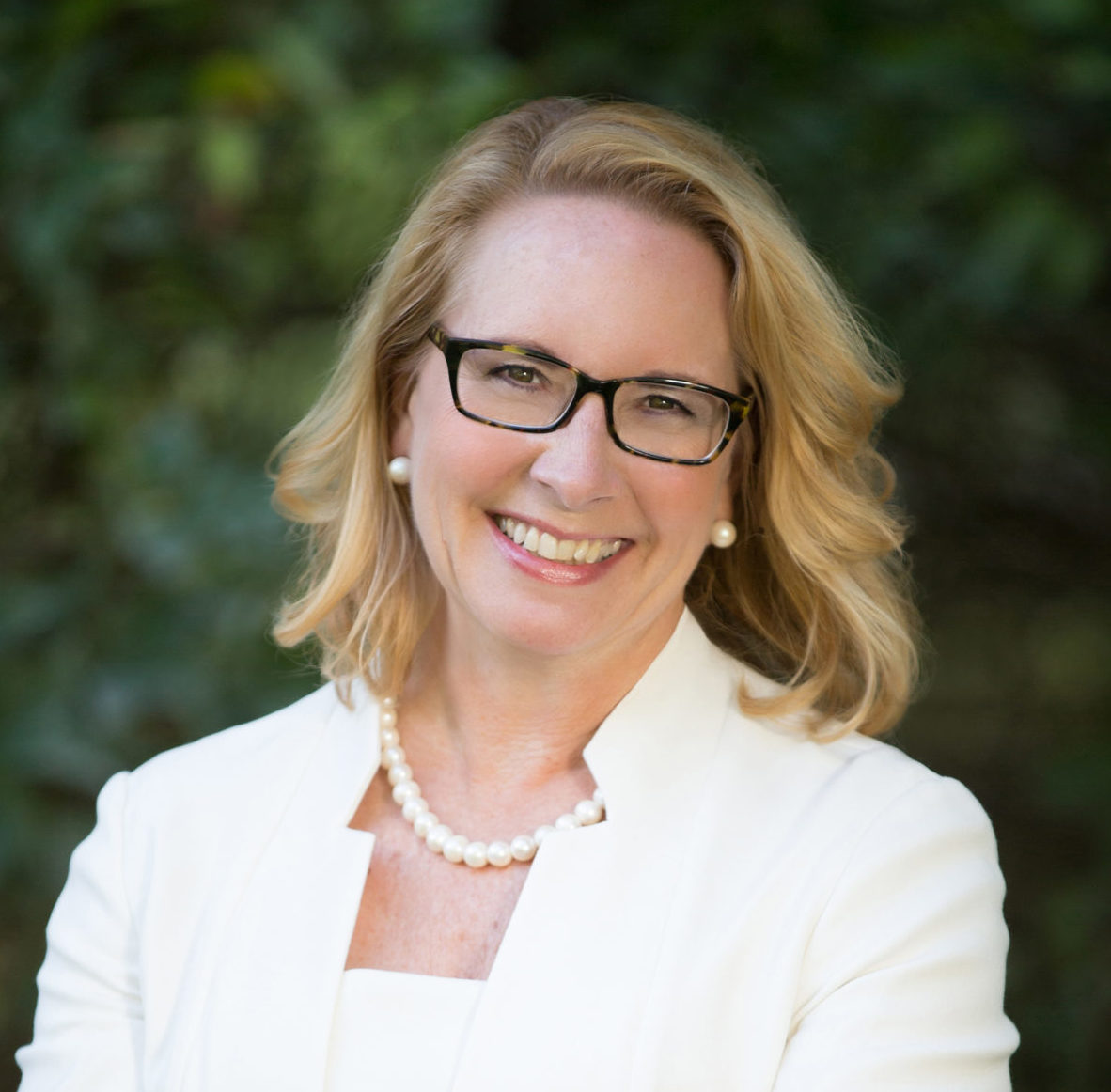
Susan Pastore, Director, Business Development
This year’s meeting was excellent and I look forward to expanding on this strong foundation in future years. For example, I think it would be great to include a high-level librarian, funder, and researcher in the mix, which would create a different kind of dialogue. I think all publishers should know how they, too, are thinking about the future. In many ways, their future is our future.
Stay tuned for Part 2 of our reflections on this invigorating meeting!